As summer brings a desire for simpler, quicker meals, culinary experts and home cooks are increasingly adopting strategic freezer use. This approach transforms the appliance from a long-term storage unit into an active tool for meal prepping, reducing food waste, and minimizing time spent in a hot kitchen, according to food scientists and chefs.
Key Takeaways
| Key Benefit | Detail |
| Time Efficiency | Prepping ingredients in batches can cut daily active cooking time by over 50% for many meals. |
| Nutritional Preservation | Modern freezing techniques lock in vitamins and minerals, often making frozen produce nutritionally equal or superior to fresh produce that has been stored for days. |
| Food Waste Reduction | The average U.S. household can prevent hundreds of pounds of food loss annually by freezing perishable items before they spoil. |
| Flavor Enhancement | Freezing pre-marinated meats, poultry, and fish allows the marinade’s flavors to penetrate more deeply over time. |
Beyond Leftovers: A Shift in Freezer Philosophy
For decades, the home freezer was primarily seen as a repository for leftovers, ice cream, and commercially packaged goods. However, a significant shift is underway, driven by a desire for greater efficiency and sustainability in the kitchen. The new approach involves deliberate meal prepping, where components are prepared and frozen specifically for future use.
“We’re seeing a move from a ‘freezer as storage’ mindset to a ‘freezer as pantry’ one,” said Ali Slagle, a cookbook author and recipe developer known for streamlined cooking techniques. “It’s about intentionally stocking your freezer with building blocks for fast, fresh-tasting meals, rather than just using it as a place where forgotten foods go to die.”
This method involves dedicating a few hours to tasks like chopping vegetables, cooking grains, or making sauces in bulk, then freezing them in ready-to-use portions. For summer, this could mean freezing marinated chicken skewers for the grill, pre-portioned smoothie packs, or a batch of gazpacho base that only needs a quick thaw and blend.
The Science of Freezing and Nutritional Quality
A common misconception is that frozen foods are inherently less nutritious than their fresh counterparts. However, food science research consistently challenges this notion. The nutritional quality of frozen fruits and vegetables is often exceptionally high, largely due to the commercial practice of flash-freezing. Produce destined for the freezer aisle is typically picked at peak ripeness and frozen within hours, a process that locks in vitamins and minerals that would otherwise degrade over time. A landmark study from the University of California, Davis, found that the vitamin content of eight different fruits and vegetables was comparable between frozen and fresh samples, with frozen sometimes outperforming “fresh” produce that had been shipped and stored for several days.
“The clock on nutrient loss starts ticking the moment a fruit or vegetable is harvested,” explained Dr. Evelyn Hayes, a food scientist and professor at a leading agricultural university. “Rapid freezing essentially stops that clock. For a consumer in a city far from a farm, a frozen pea might retain more Vitamin C than a fresh pea that spent a week in transit and on a grocery shelf.”
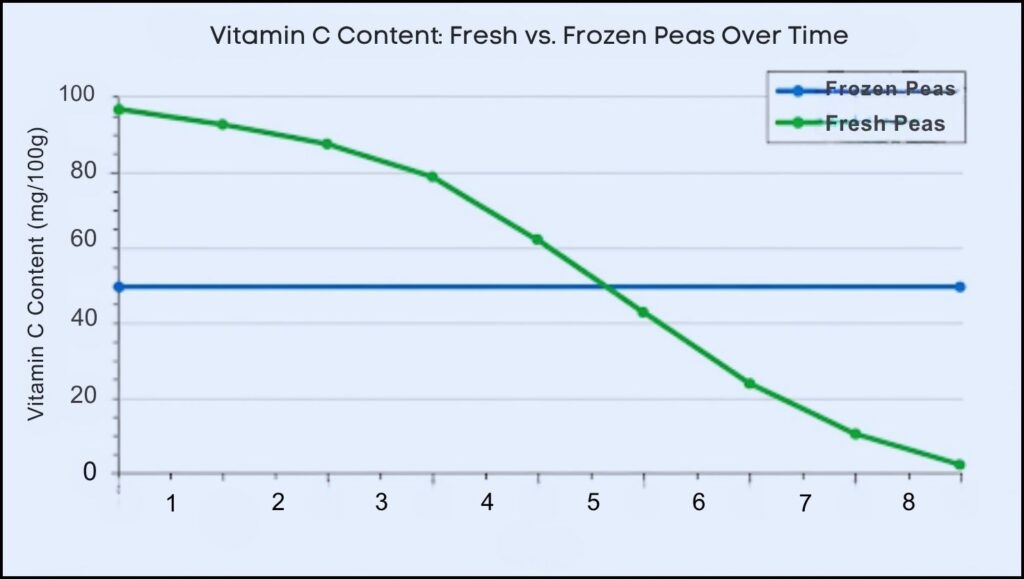
Best Practices for Home Freezing
To maximize quality, experts at the U.S. Department of Agriculture (USDA) recommend specific techniques. Blanching vegetables—a quick boil followed by an ice bath—deactivates enzymes that can cause loss of flavor, color, and texture. For storage, removing as much air as possible is critical to prevent freezer burn, which is dehydration on the surface of frozen food. While vacuum sealers are highly effective, a low-cost alternative is the water displacement method for zip-top bags: submerge the bag in water, leaving a small corner of the seal open, and the water pressure will force the air out before you seal it completely.
Economic and Environmental Benefits of Strategic Freezer Use
The advantages of an organized freezer extend beyond the kitchen, offering tangible financial and environmental benefits.
Combatting Food Waste Reduction
- In the United States, food is the single largest category of material placed in municipal landfills, according to the Environmental Protection Agency (EPA). A significant portion of this is household food waste. Strategic freezer use directly addresses this by providing a simple way to preserve surplus food.
- Buying a large bunch of fresh herbs for one recipe, for example, often leads to the rest wilting in the refrigerator. Instead, they can be chopped and frozen in ice cube trays with olive oil, creating perfect portions for future sauces or sautés. The same principle applies to seasonal fruit gluts or bread nearing its expiration date.
Navigating Market Volatility
This approach also helps households manage their budgets. By purchasing produce when it is in season and at its lowest price, consumers can freeze it for use throughout the year. This practice of “food banking” insulates a family’s food supply from off-season price hikes and supply chain disruptions.
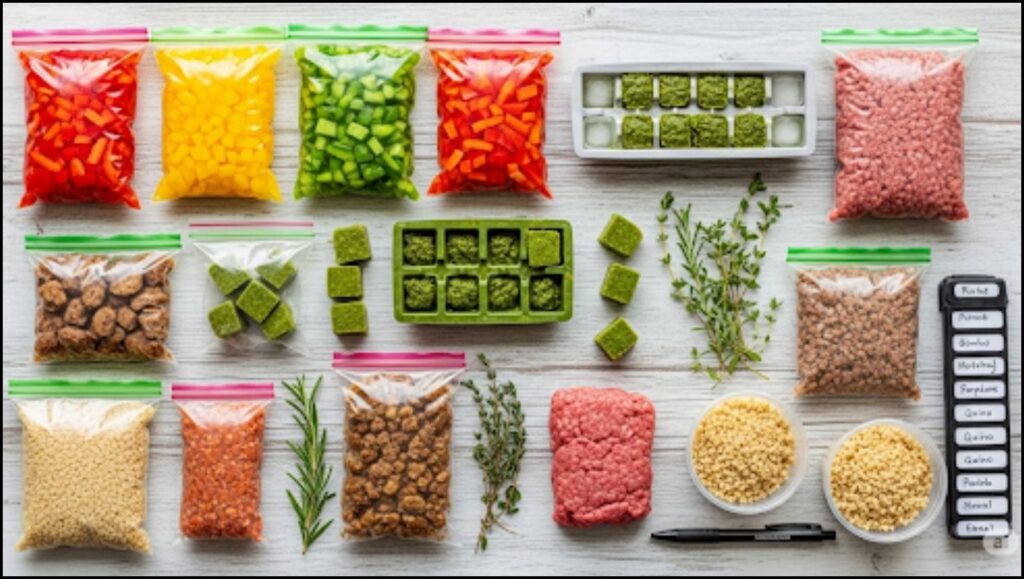
What to Freeze for Peak Summer Enjoyment
While many foods freeze well, some are particularly suited for simplifying summer cooking:
- Marinated Proteins: Chicken, fish, tofu, and pork can be placed in freezer bags with a marinade. They will absorb flavor as they thaw.
- Pre-Chopped Vegetables: Onions, bell peppers, and zucchini can be chopped and frozen raw, ready to be thrown onto the grill or into a skillet.
- Compound Butters: Butter mixed with herbs, garlic, or citrus zest can be frozen in logs. A slice can be placed on top of grilled steak, fish, or corn on the cob for instant flavor.
- Fruit for Cold Treats: Berries, peaches, and mangoes frozen on a tray before being bagged are ideal for smoothies, sorbets, or as a cooling addition to water or iced tea.
As households continue to seek ways to cook smarter, the freezer is being rediscovered not as a cold storage archive, but as a dynamic and indispensable partner. This shift reflects a broader trend toward more sustainable, efficient, and cost-effective home cooking, proving that one of the best tools for a modern summer kitchen may have been there all along.
Before You Cook: A Guide to the 5 Foods You Shouldn’t Eat from Your Vacation Rental
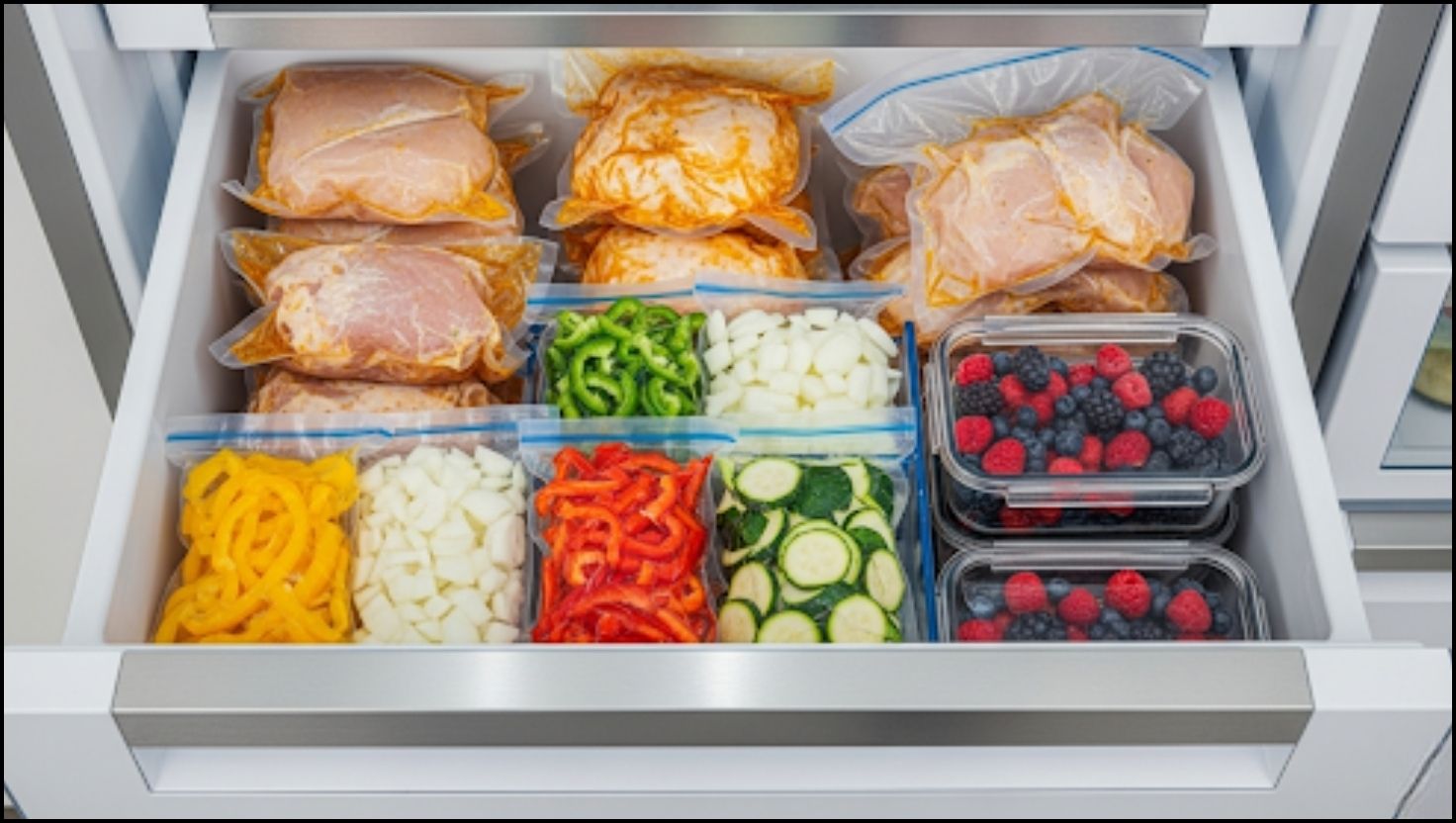
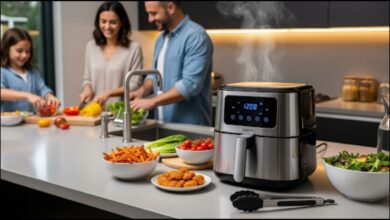 How Quick Air Fryer Meals Are Reshaping the American Kitchen
How Quick Air Fryer Meals Are Reshaping the American Kitchen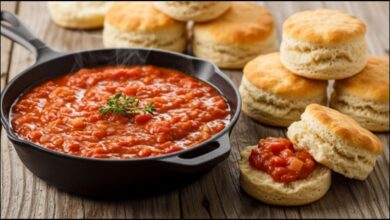 A Depression-Era Staple, Southern Tomato Gravy, Finds New Life in Modern Kitchens
A Depression-Era Staple, Southern Tomato Gravy, Finds New Life in Modern Kitchens Why a Forgotten 1950s Cake with a Secret Ingredient Is Trending Again
Why a Forgotten 1950s Cake with a Secret Ingredient Is Trending Again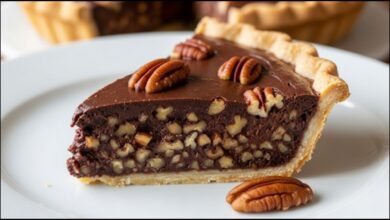 More Than a Dessert: How Tar Heel Pie Captures the Essence of North Carolina
More Than a Dessert: How Tar Heel Pie Captures the Essence of North Carolina